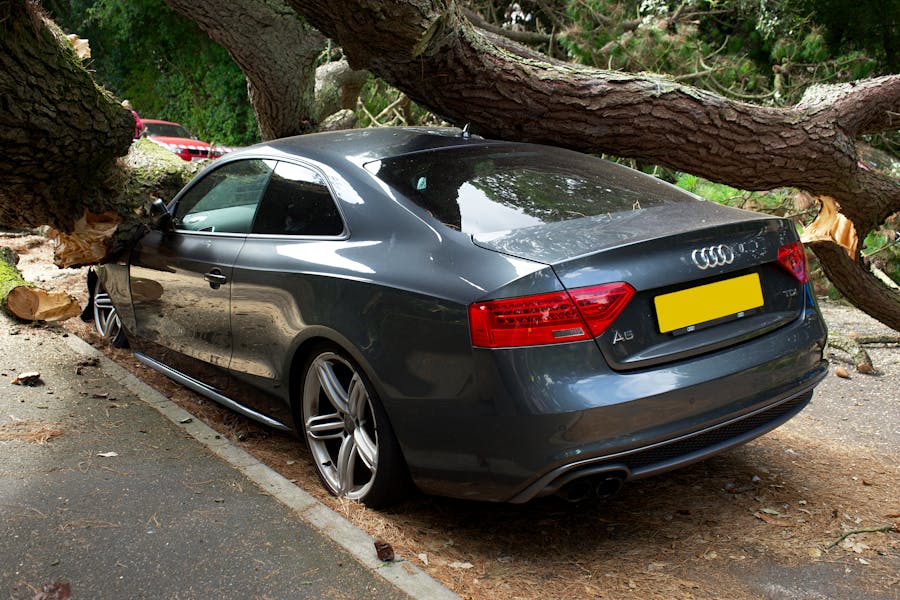Proving fault is the key to lodging a successful auto accident claim. The quality of evidence presented affects the strength of your claim. As such, establishing the party at fault requires more than superficial statements. You should have clear and compelling evidence that leaves no room for doubt.
Unfortunately, the chaos of gathering the right evidence after the accident can prove daunting. However, these pieces of information make the difference between successful and frustrating claims. You should prioritize the following three essential pieces of evidence to prove your claims.
1. Police Reports
Police reports play a crucial role in determining fault and strengthening your claim. These are official documents prepared by law enforcement officers present at the scene. They provide an unbiased account of the accident based on evidence collected and officer’s observations at the scene. Police reports have the following key information:
- Basic details: The time, date, and location of the accident.
- Parties involved: Name, contacts, and insurance details of the drivers, passengers, and witnesses present.
- Witness statements: Accounts from bystanders provide a perspective on what happened.
- Citations issued: Details of traffic violations like speeding or running a red light issued. These details can help establish fault.
- Weather and road conditions: Notes about the weather conditions, visibility, and state of the road are important.
Police reports are preferred for their credibility. Law enforcement officers are neutral parties, and insurance companies and courts heavily consider their observations.
2. Accident Scene Evidence
The first few minutes after the accident can build or break your case. While it is normal to feel overwhelmed, documenting the accident scene is vital for proving fault and securing fair compensation. Evidence from the accident scene provides an objective view of what transpired. This helps insurance adjusters and attorneys understand the circumstances surrounding the accident.
That said, you should begin by taking pictures and videos. Pictures of the vehicle’s position after the collision, visible damages, skid marks, and other photographable items are essential. You should also collect physical evidence like broken grass or car parts present on the scene. This evidence can help your lawyer negotiate for more than the average settlement for rear-end collision in Georgia.
3. Medical Records
Medical records are an important component of auto accident claims. They serve as indisputable proof of your injuries and their impact. Medical details provide an objective account of your physical condition before and after the accident. This will help you link the incident directly to your injuries.
Medical records come in many forms, including emergency room reports, X-rays, and treatment notes. Providing this evidence helps prove the severity of the injuries and establish a causal link. Comprehensive records also form the basis for calculating compensation. However, using these records requires that you seek immediate treatment. Prompt medical attention is important for your wellness and creates a timeline that links the accident to your injuries.
Endnote
Proving fault after an accident requires a great deal of diligence and gathering the right evidence. Every piece of information, including statements from expert analysis, plays a role in establishing liability. Presenting compelling evidence can strengthen your case and help secure rightful compensation.


